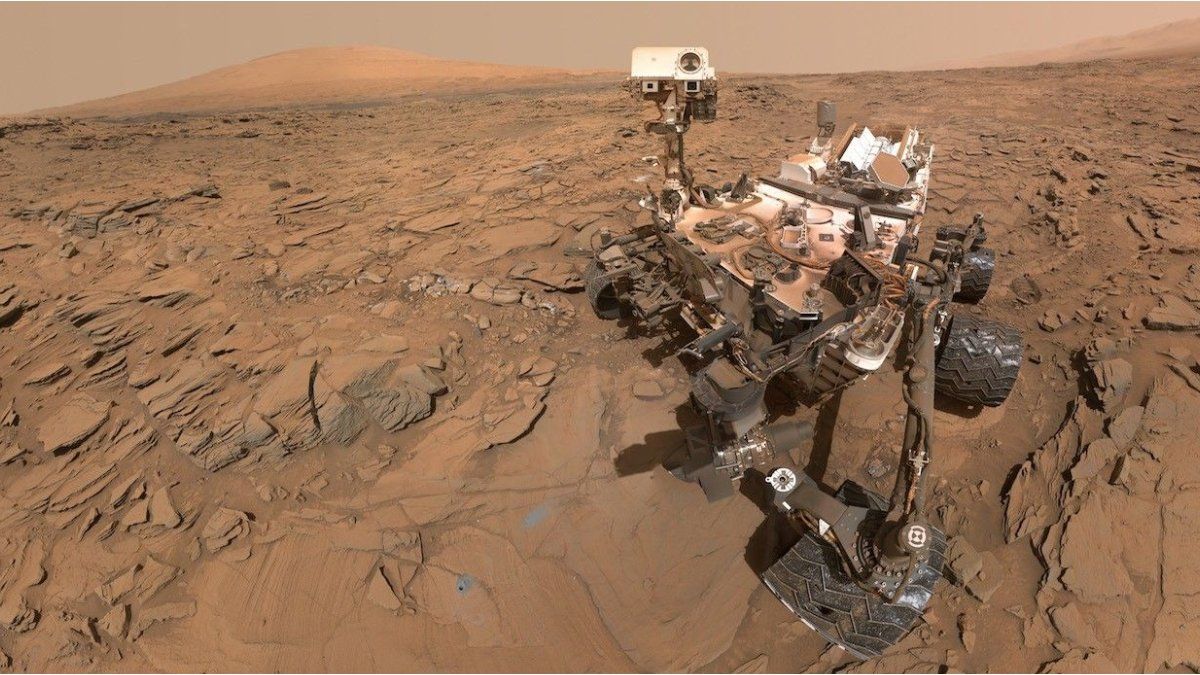The POT goes through a difficult mission to try to bring samples of life on Mars back to Earth. Currently, the US agency is debating between two possible strategies to carry out the operation in the 2030s that will bring back what was found through the Perseverance Rover.
This was announced by the NASA Administrator Bill Nelson during a press conference and the two proposals present alternatives to the original Mars sample return program. The initial plan, developed between the US agency and the European Space Agency, was deemed unmanageable after a review board independent projected that the costs of the mission could reach up to $11 billion.
NASA’s plans to bring back samples of life on Mars
During 2024, NASA found signs of possible ancient life on Mars, through the Perseverance Rover, its six-wheeled robotic explorer. After the impressive discovery, NASA is looking for alternatives to bring the samples back to Earth and thus be able to do more specific studies.
Currently, the US space agency is in a evaluation process to determine what the return mission from testing will be like. Because of this, NASA delayed the expected return date of the samples from 2031 to 2040, a delay “simply unacceptable,” Nelson detailed.
Mars astronauts IA.png
The red planet is one of NASA’s great objectives.
Artificial intelligence
As indicated by CNN, the NASA Perseverance rover has been collecting rocks and dust since it landed on Mars in February 2021 and scientists believe that these samples, collected in the Jezero crater, the ancient site of a lake and river delta, They could be one of the only ways to determine whether, in the past, life ever existed on the Red Planet.
Bringing back the samples is not an easy mission: both the original mission and the new one of the program include multiple spaceships that would be used to land on Mars and transport the cache back to our planet.
Without any definition, the first of the options will be based on the celestial crane methodpreviously used for the entry and landing of the two rovers that are active on the big red planet. On the other hand, the second mission new commercial capabilities and partners to bring a lander of “heavy duty vehiclea”, like the designs of companies such as SpaceX and Blue Origin, the NASA administrator detailed.
NASA, getting closer to discovering life beyond Earth
The different innovations in scientific missions and technological advances cause that today the main space research agency in the world is closer than ever to giving an answer to the question that keeps humanity awake: is there life in space? Leslie Livesay, NASA’s lead scientist, heads projects such as the Europa Clipper mission, that will investigate an underground ocean in Europa, one of the moons of Jupiter.
With nearly four decades of experience, Livesay leads missions that seek to explore beyond the solar system. Europa is a key point in this search, since it is believed that its underground ocean could have the conditions necessary to host extraterrestrial life.
The Europa Clipper mission It aims to study this ocean of salt and the ice layer that covers it, using specialized radar to measure its thickness and obtain detailed information to plan future explorations.
Advanced technologies are playing a key role in this research. The specialized radar of the Europa Clipper mission will help measure the thickness of the ice sheet and understand the characteristics of the ocean, which will allow us to understand whether it is possible has developed life in those conditions.
On the other hand, the Roman space telescopewhich will launch in 2026, will use a coronagraph to study exoplanets and their atmospheres, with the aim of detecting possible signs of life.
On the other hand, the Mars Sample Return missionwhich will bring back samples from Mars collected by the Perseverance rover, will offer a unique opportunity to investigate whether life ever existed on the red planet. In addition, research is being carried out on other celestial bodies such as Titan, the moon of Saturn, to study the conditions that could support life. International collaboration, such as that of Spain and NASA, also contributes to strengthening exploration and communication capabilities in space.
Source: Ambito
David William is a talented author who has made a name for himself in the world of writing. He is a professional author who writes on a wide range of topics, from general interest to opinion news. David is currently working as a writer at 24 hours worlds where he brings his unique perspective and in-depth research to his articles, making them both informative and engaging.




